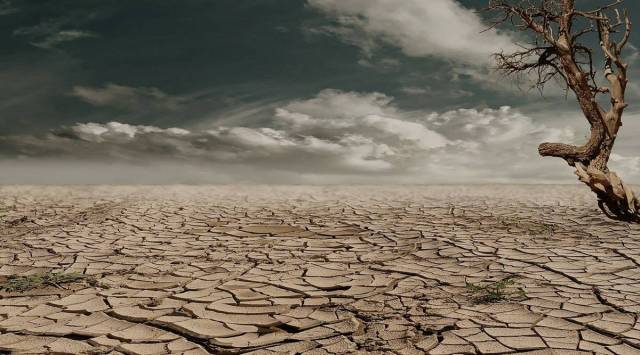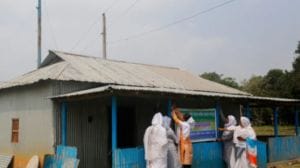- India
- International
Flash droughts expected to increase globally as climate warms, reveals study
As the world warms, flash droughts are expected to increase globally, putting farmers and food production at risk. A new study warns of the consequences of our actions on the environment and the need for immediate action.
 Flash drought hotspots exist over India, Brazil, the Sahel, the Great Rift Valley with local hotspots over the central United States, southwestern Russia, and northeastern China. (Pixabay)
Flash drought hotspots exist over India, Brazil, the Sahel, the Great Rift Valley with local hotspots over the central United States, southwestern Russia, and northeastern China. (Pixabay)
When droughts happen suddenly and unexpectedly, they are referred to as flash droughts. They can ravage the agriculture of the regions they affect and also have deep ecological effects that will send out ripples that extend far. New research indicates that the likelihood of such droughts is expected to increase with the pace of climate change.
A study published in Nature Communications yesterday projected an increased risk of flash droughts globally in multiple possible scenarios. The highest increase in flash droughts risks was projected in scenarios with higher fossil fuel usage and radiative forcing, according to the University of Oklahoma.
Radiative forcing is when the amount of energy that enters the Earth is different from the amount that leaves the Earth. Energy enters our planet in the form of solar radiation and leaves in the form of infrared radiation, exiting as heat. When there is more radiation entering the Earth than leaving, as has been happening, the atmosphere will warm up.
Before the dawn of the industrial era, radiative forcing was in close balance as the planet’s average temperature was more or less stable. The biggest change to this was the greenhouse gases that humans have been adding to the atmosphere, which prevents heat from escaping the Earth.
Also, by cutting down forests, we have exposed the Earth;s surface to more Sunlight. In theory, if that surface is darker than forest cover, the Earth absorbs more solar radiation. But in places where it is lighter, like the arctic, more sunlight gets reflected back to space.

The new article in Nature emphasises that farmers around the world will face increased pressure as water availability is brought into question by increasing flash floods. Any such disruptions to food production could lead to higher prices and social unrest, according to the researchers.
More Tech
May 14: Latest News
- 01
- 02
- 03
- 04
- 05







































